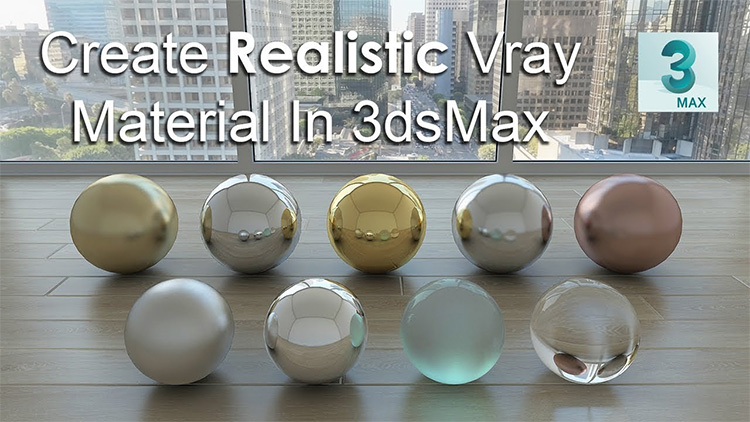

The angle of the light coming out of the material isn’t the same as the angle of the light entering the material. Because the material has a thickness and a density, the light wave is refracted in the thickness of the material as it bounces off of the “stuff” in the material. Refraction on the other hand is the way that that the light wave travels through the material. Going back to my high school physics class, the angle of incidence is equal to the angle of reflection. The light wave then bounces off the material at the exact same angle, known as the angle of reflection. I have created a small diagram below that explains how when looking at reflection, the light wave comes from the light source and makes contact with the front face of the material at a given angle. Reflection deals with the way that light bounces off of the material while refraction deals with the way that a material passes through a material. It’s important to remember that both reflection and refraction have to do with the way that light reacts to a material. Reflection and Refraction: What are they and what’s the difference?įor those, like me, who haven’t taken a physics class in a number of years, let’s review what a reflection is and how it’s different that refraction. I will try my best to clarify the reflection layer and the refraction layer, what each is used for and how they work well in combination WITHOUT getting too nerdy and stuck in the physics behind the way things work. Let me also say that I have downloaded the new Beta version of Vray for Rhino and therefore my User Interface may or may not look like what you have, but rest assured, the content of the tutorial is still the same. So, as I tend to start my posts, I must apologize for not being as timely and frequent as I’d like, but none the less here you are, so you either 1) forgive me or 2) just found this site and therefore haven’t been diappointed…yet.


 0 kommentar(er)
0 kommentar(er)
